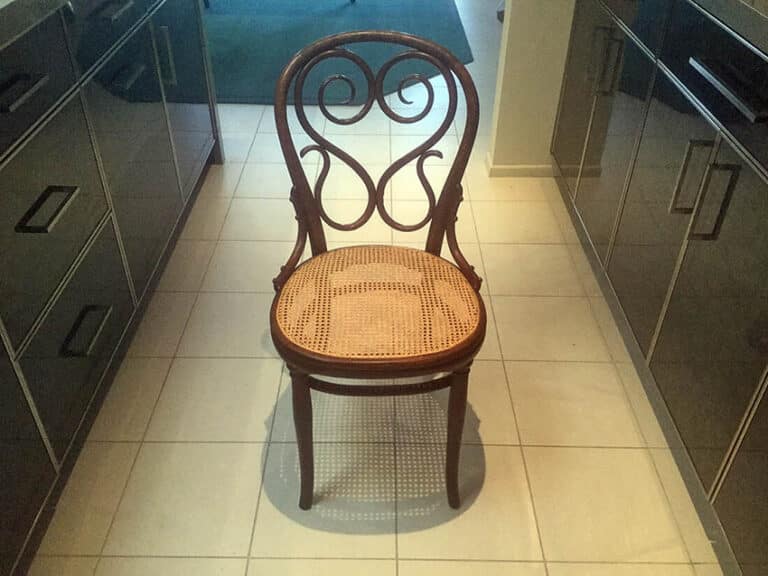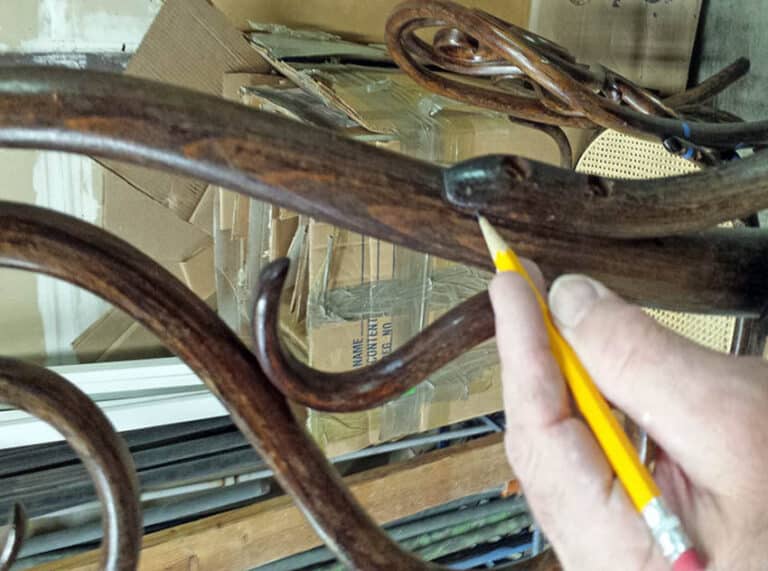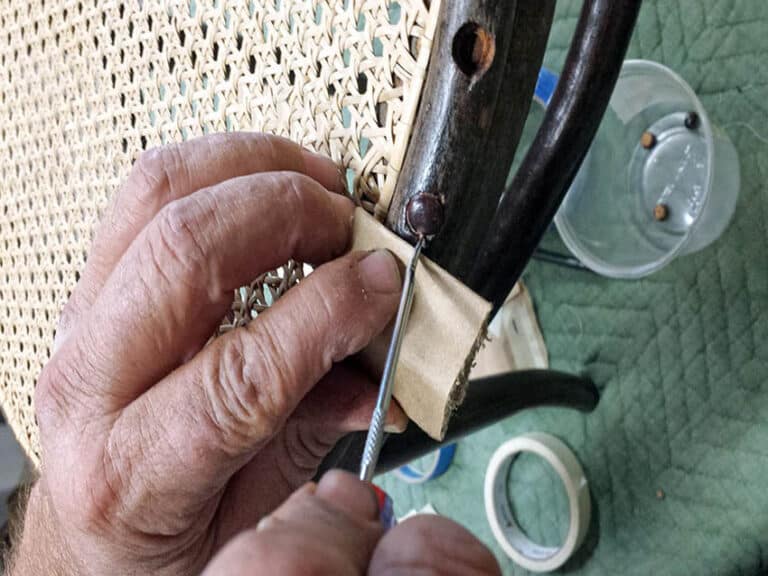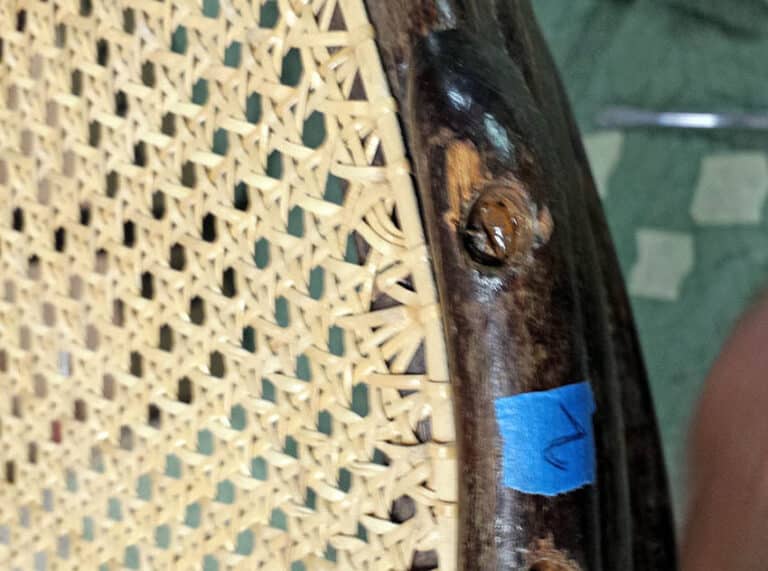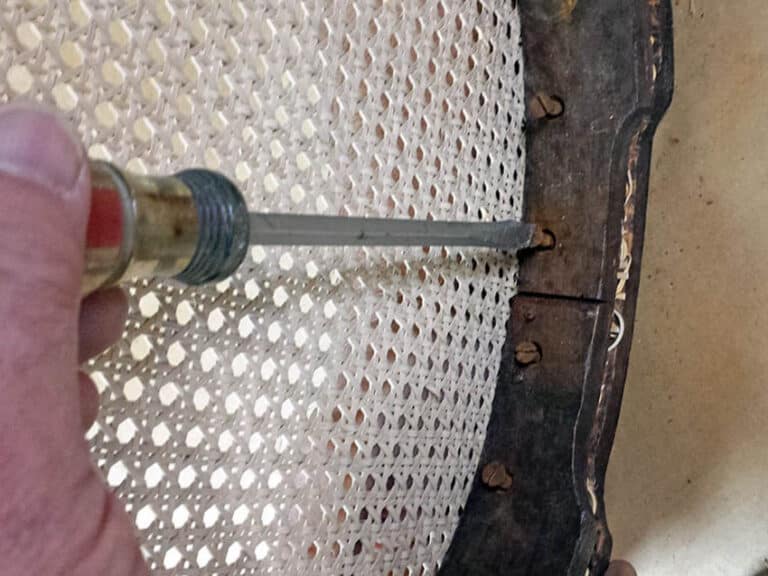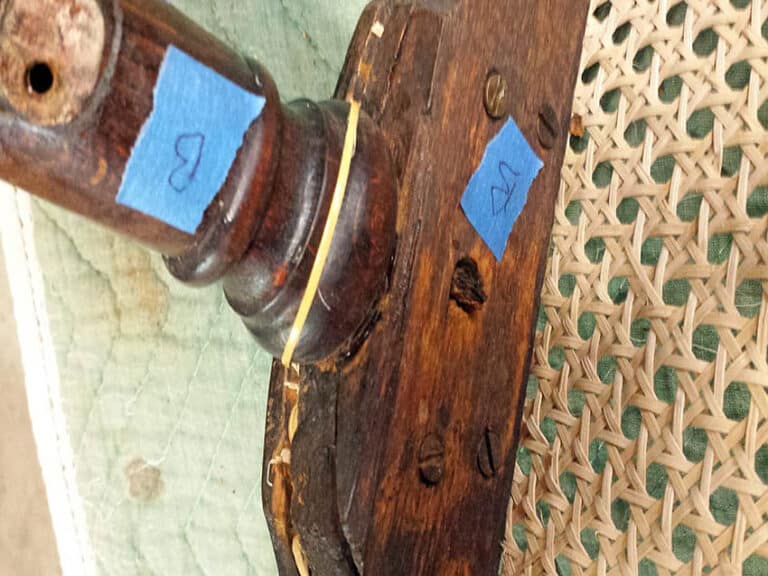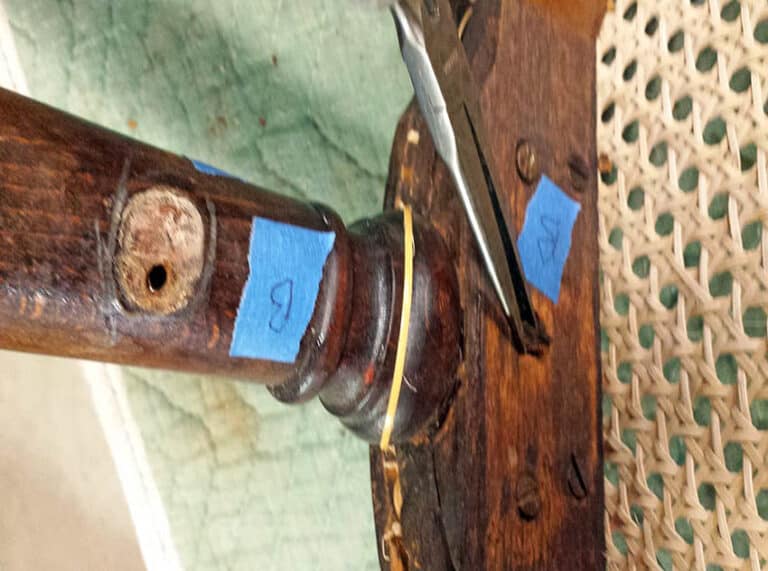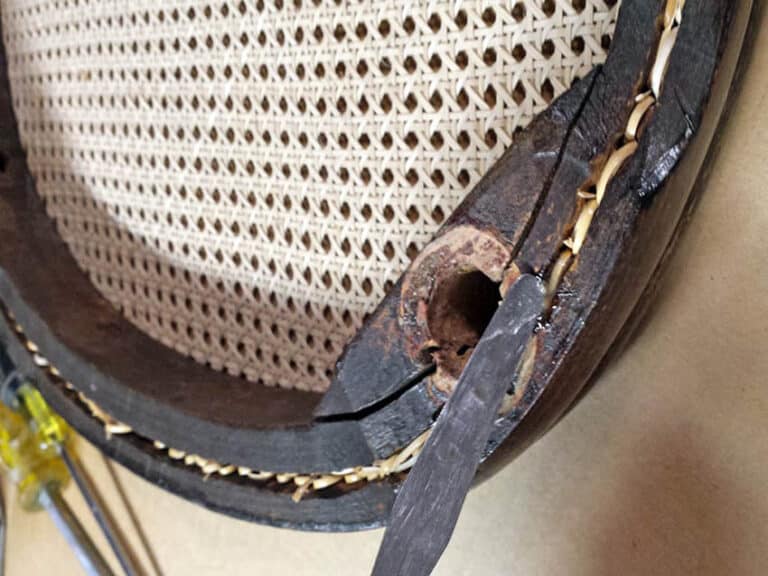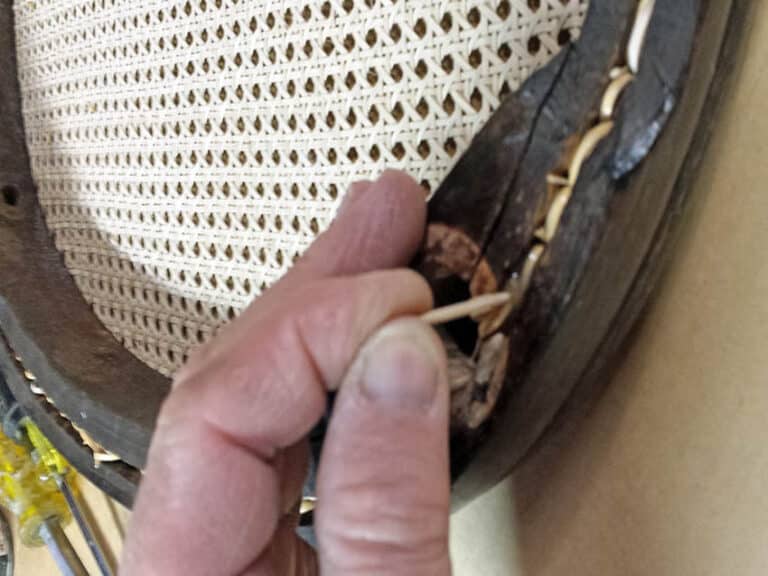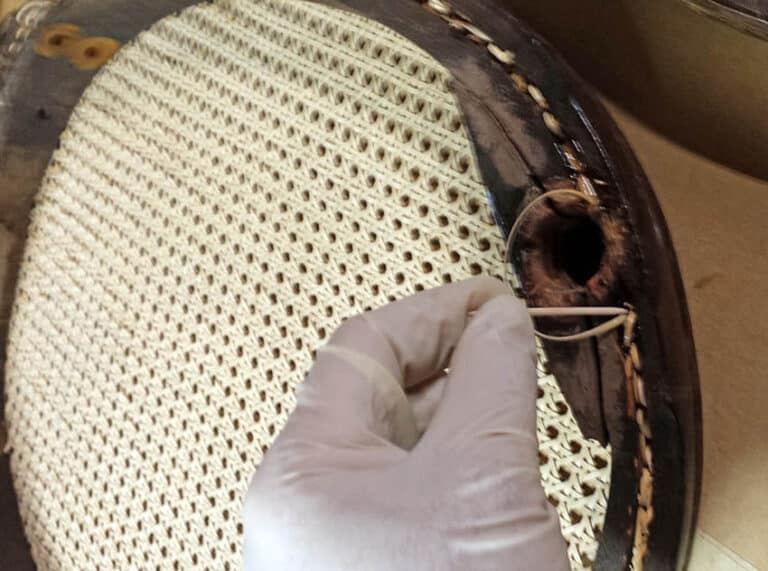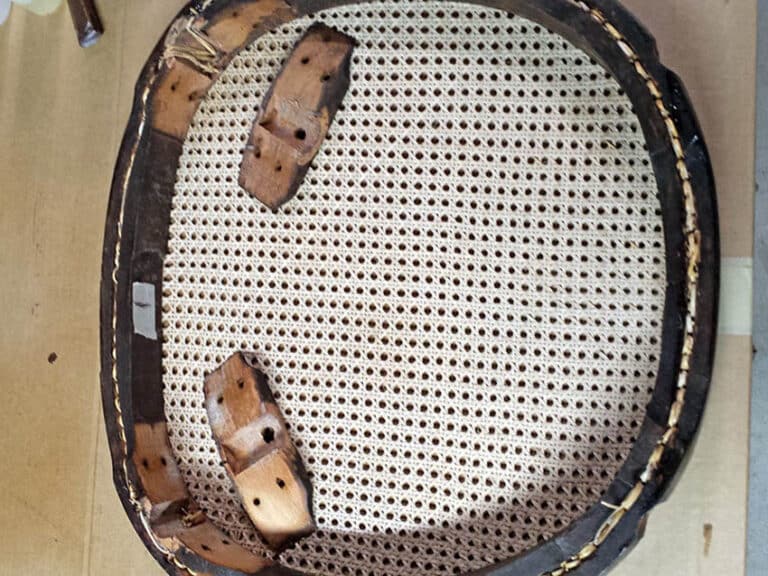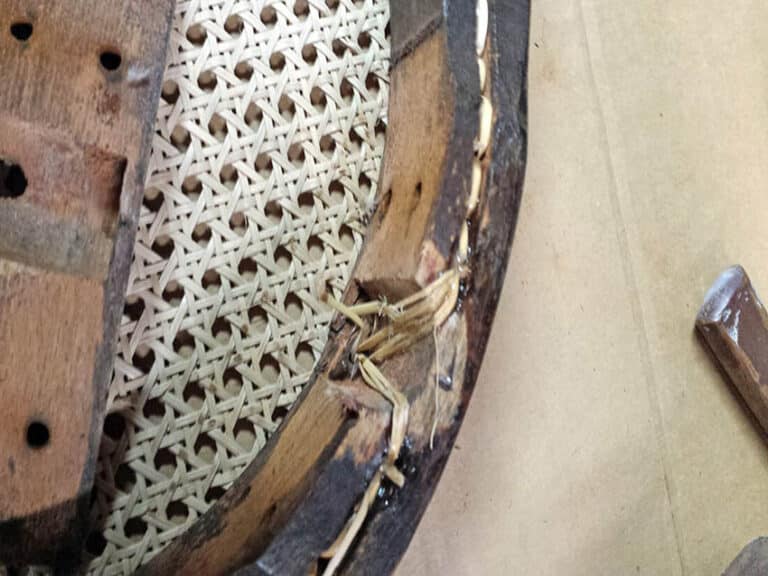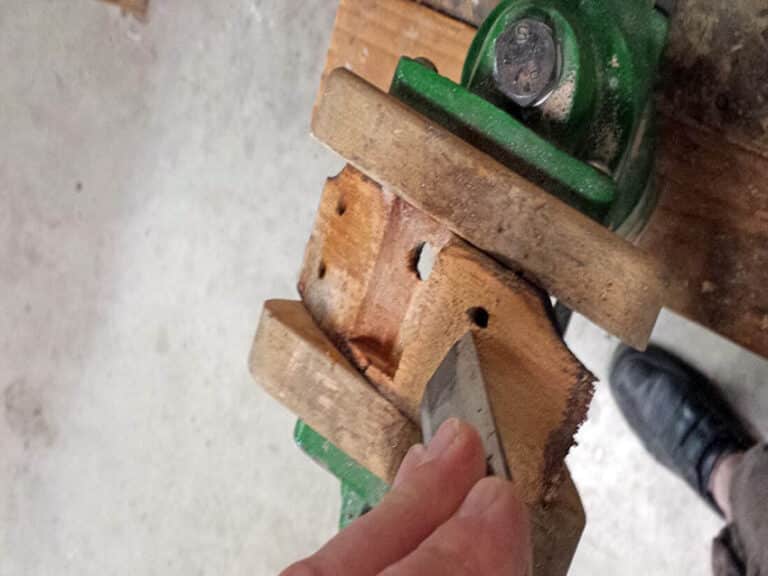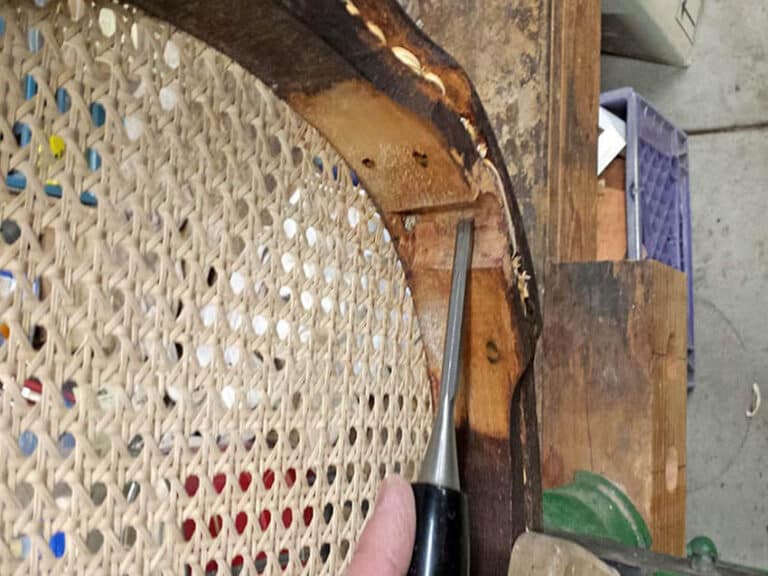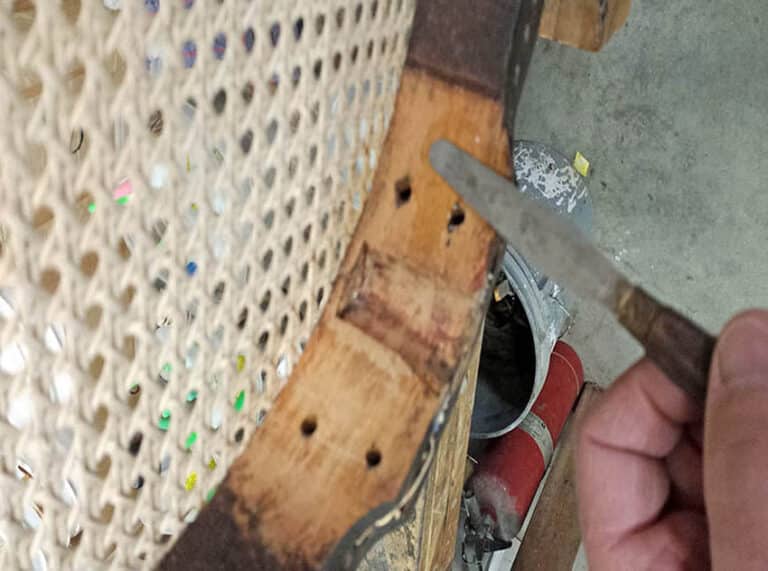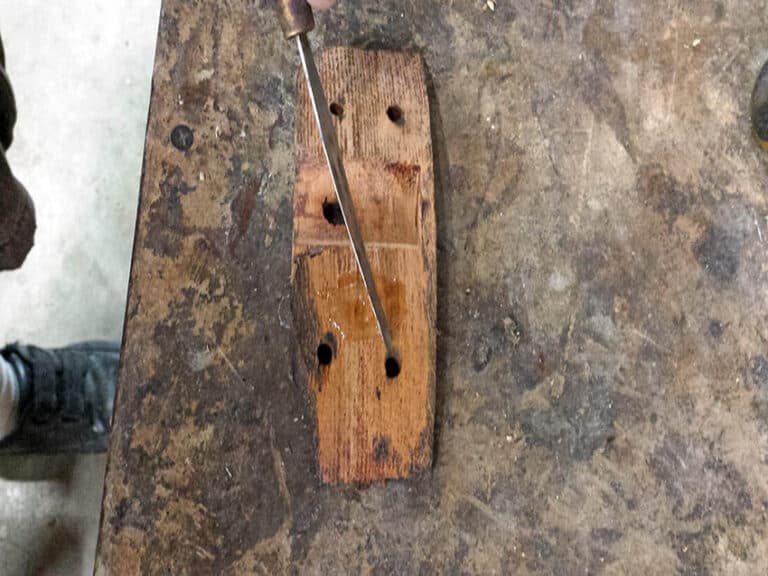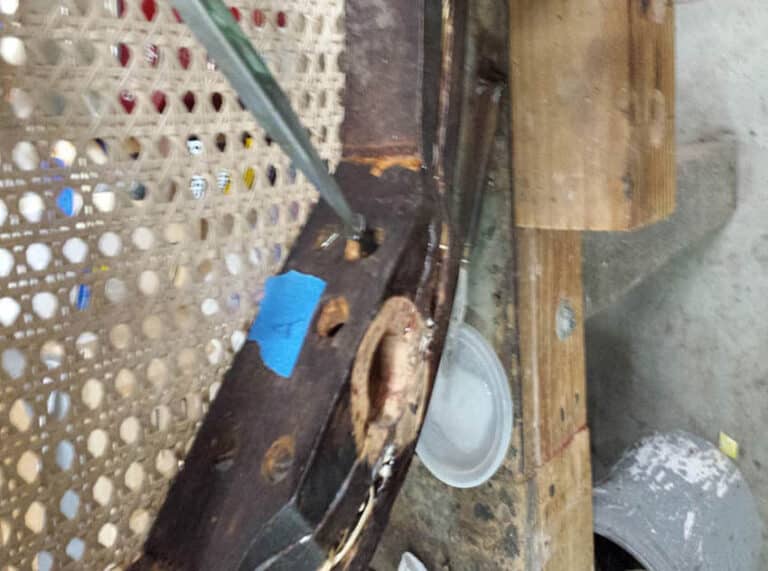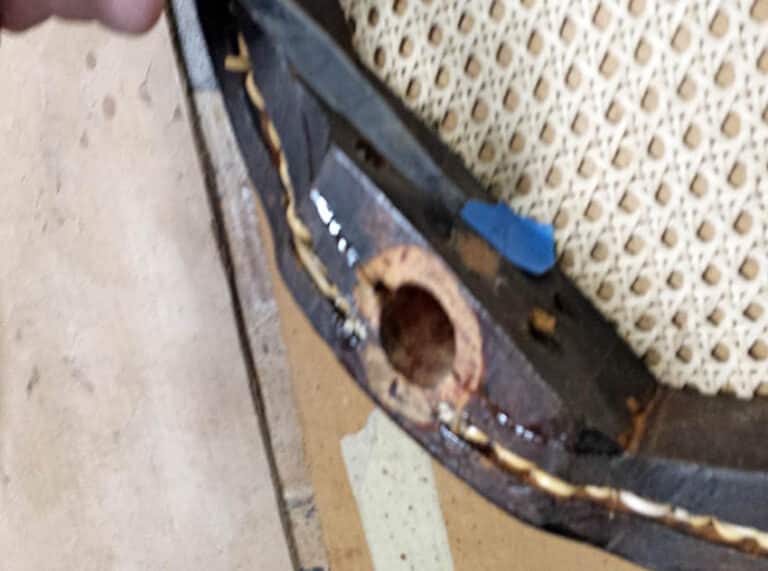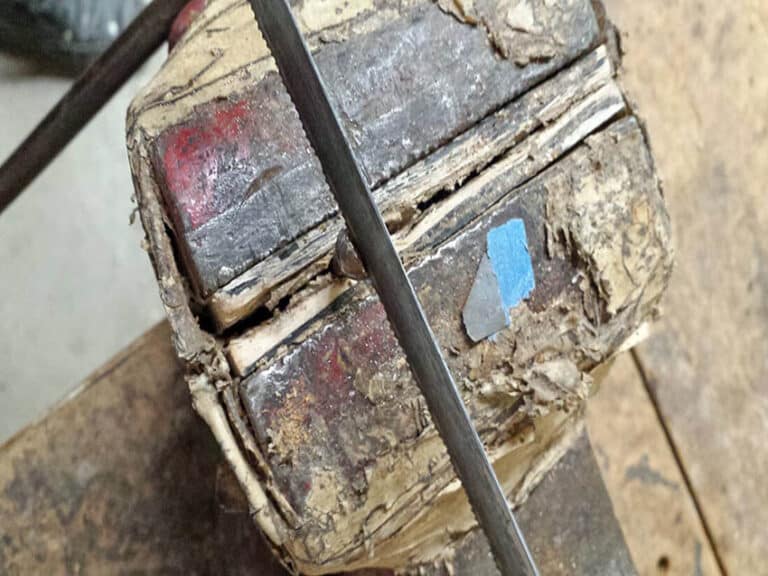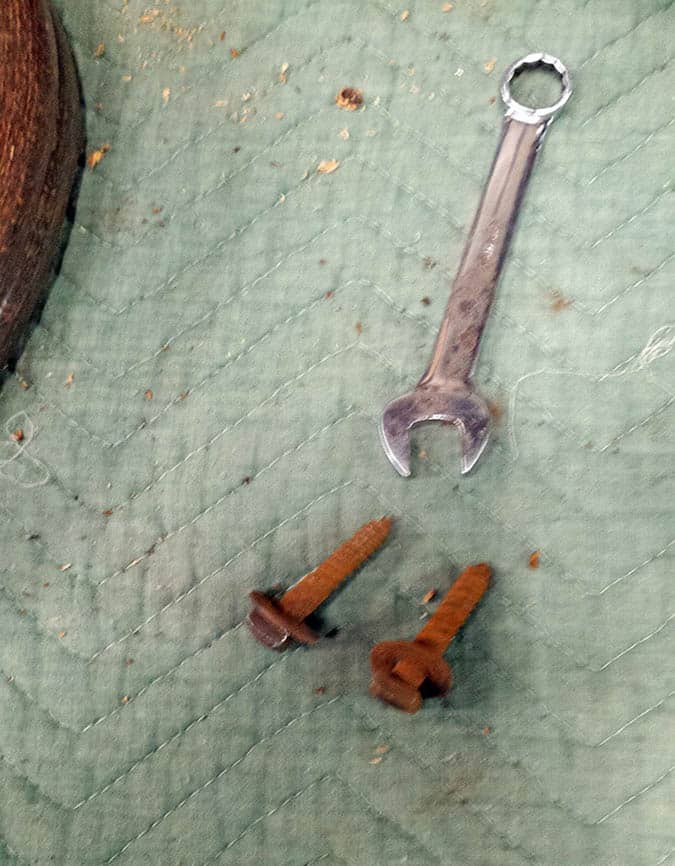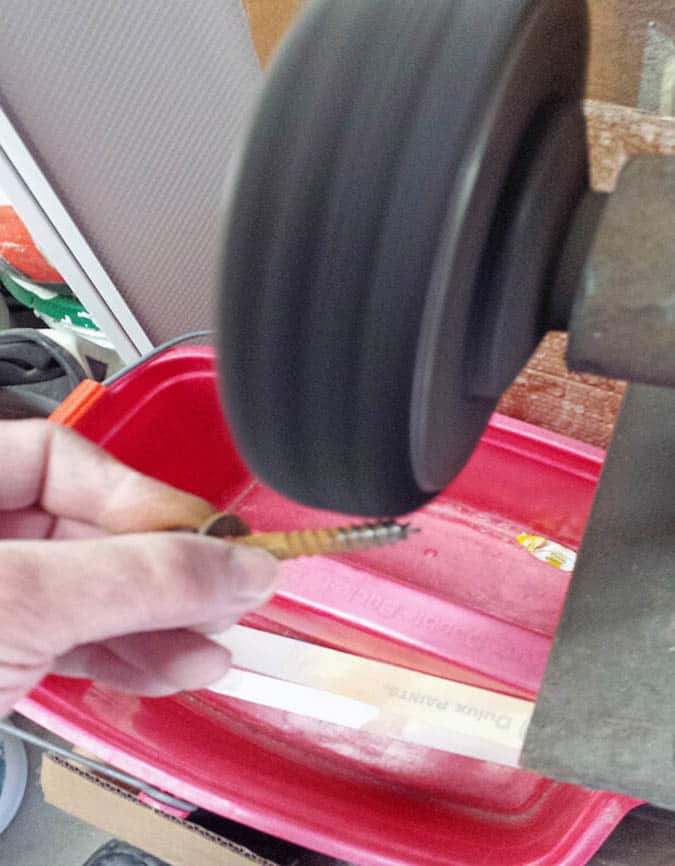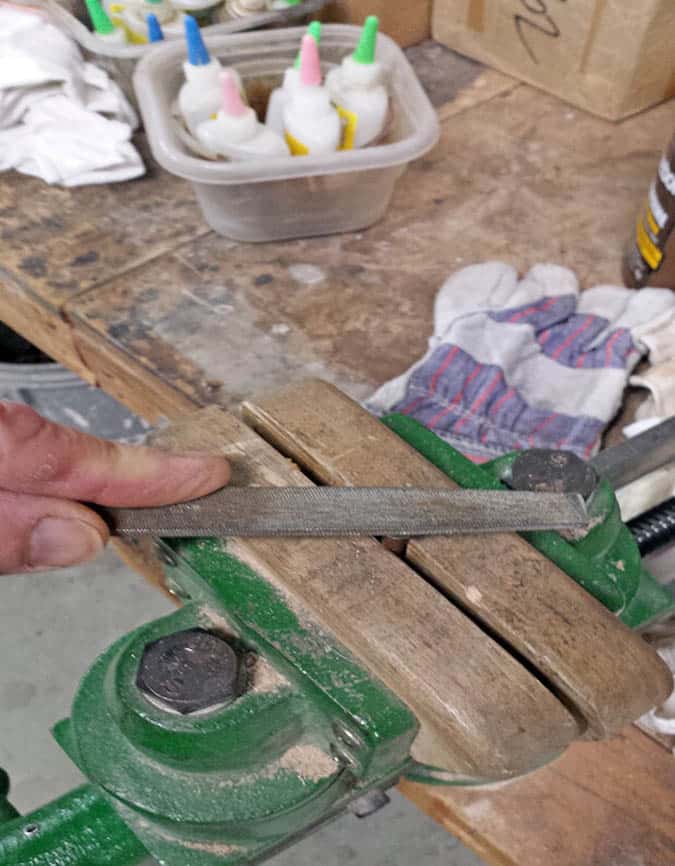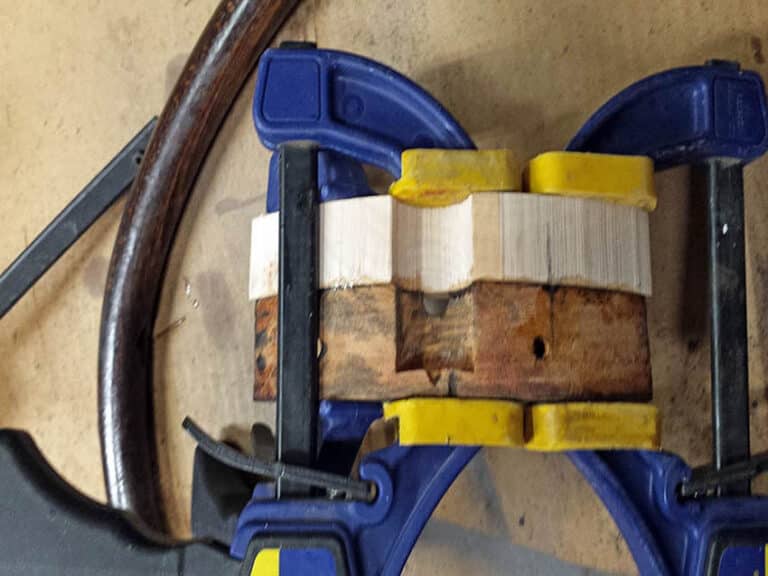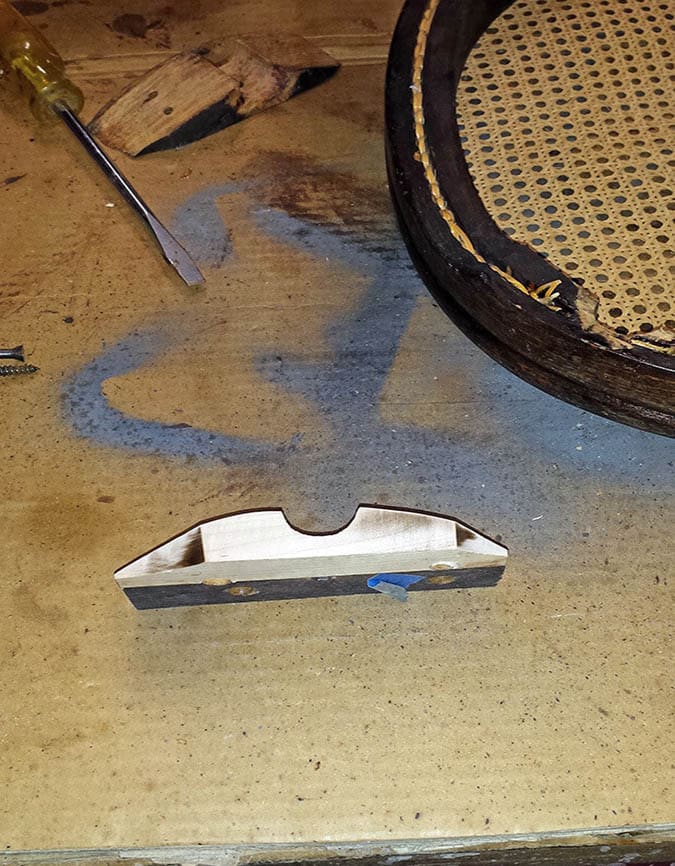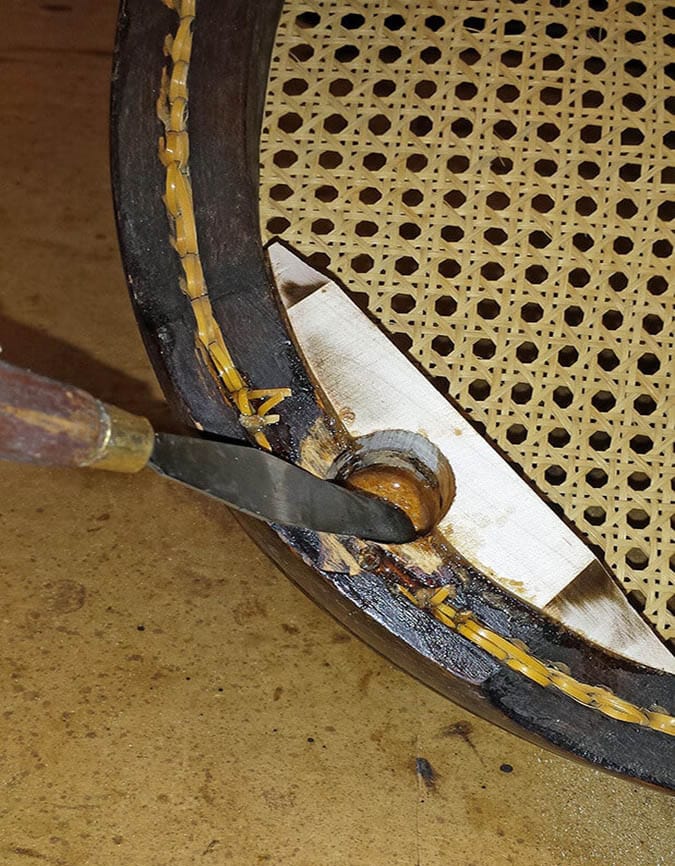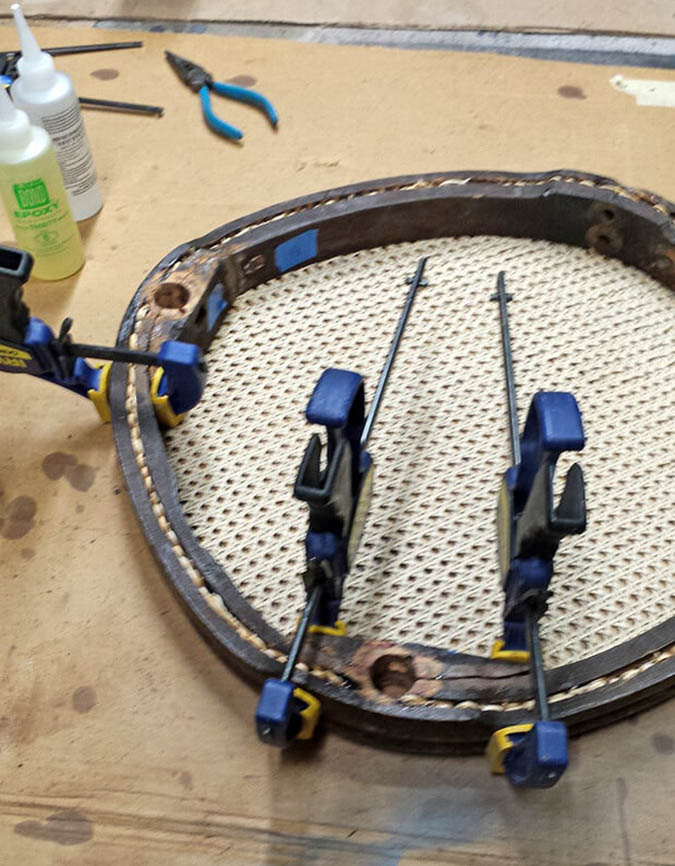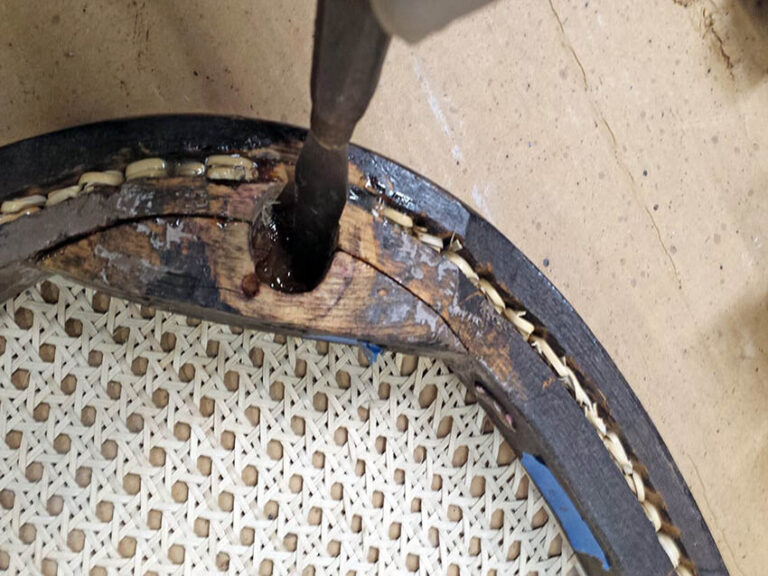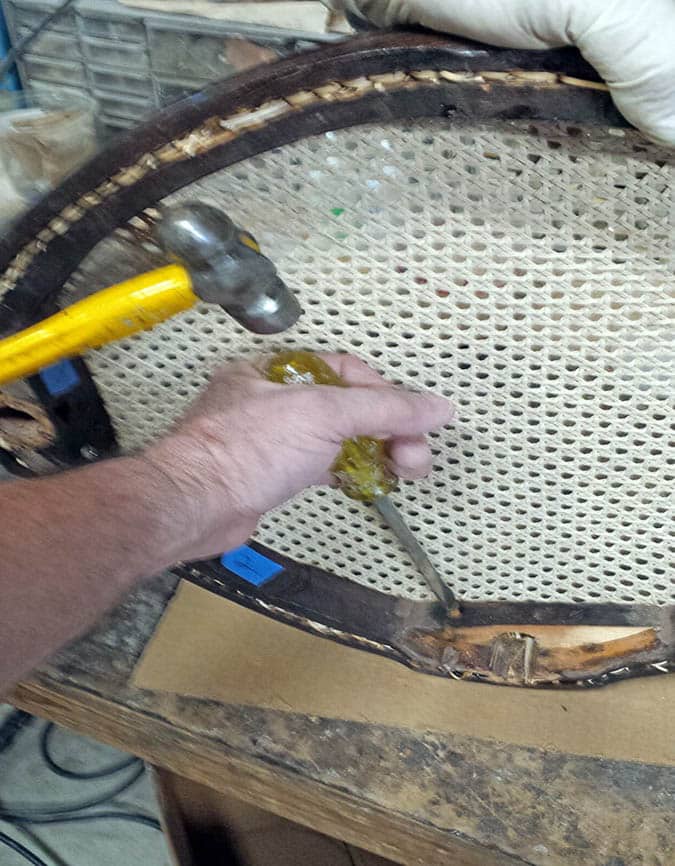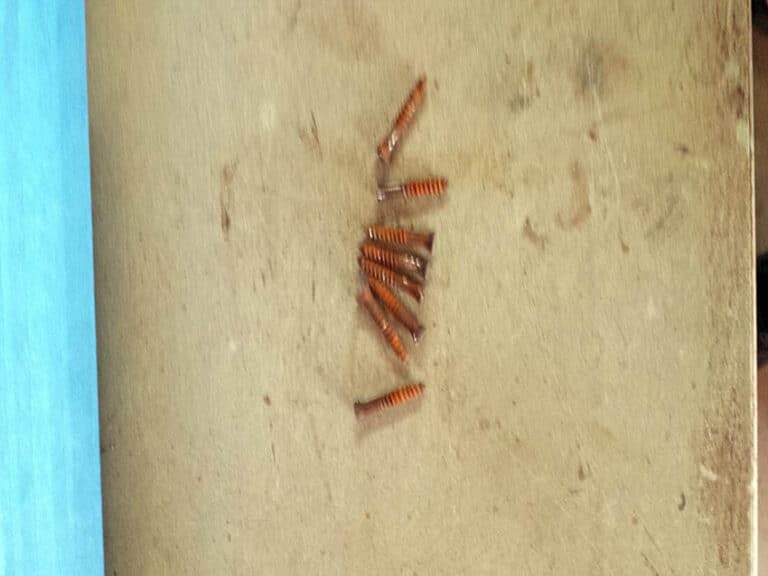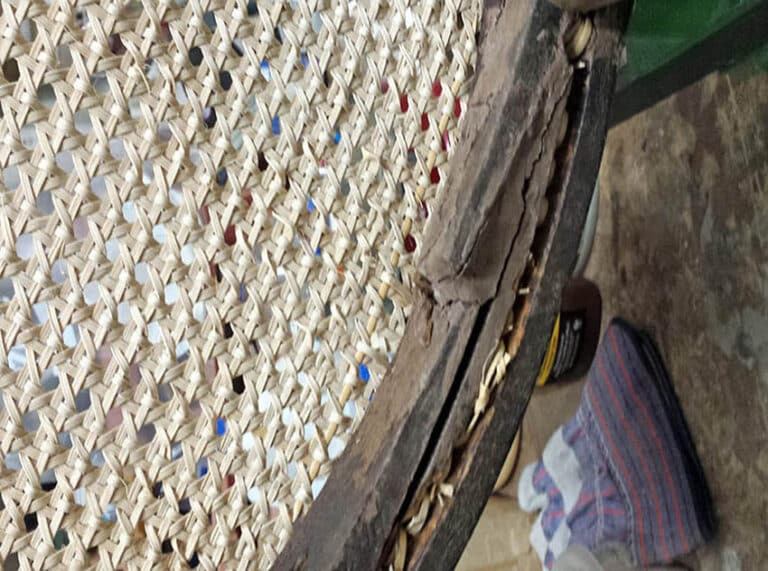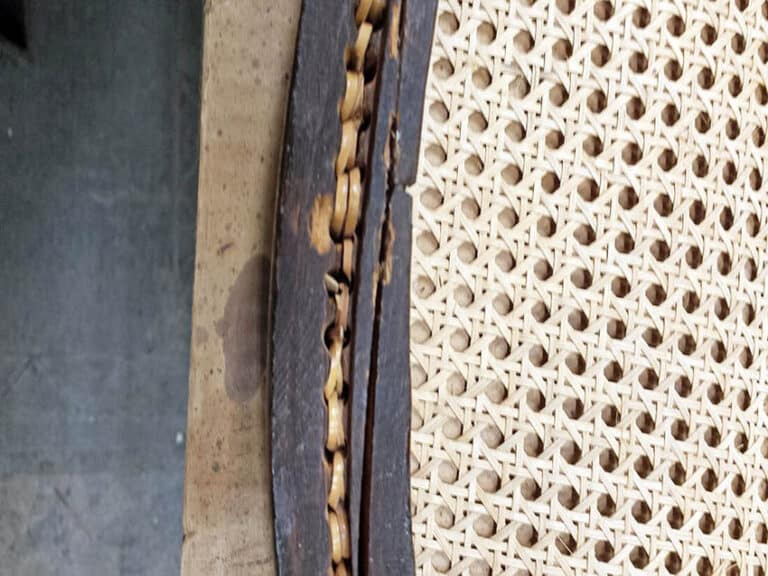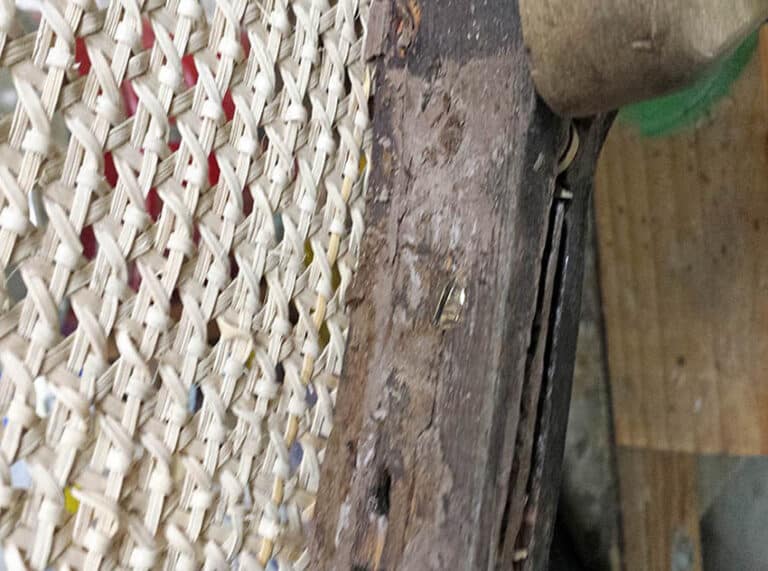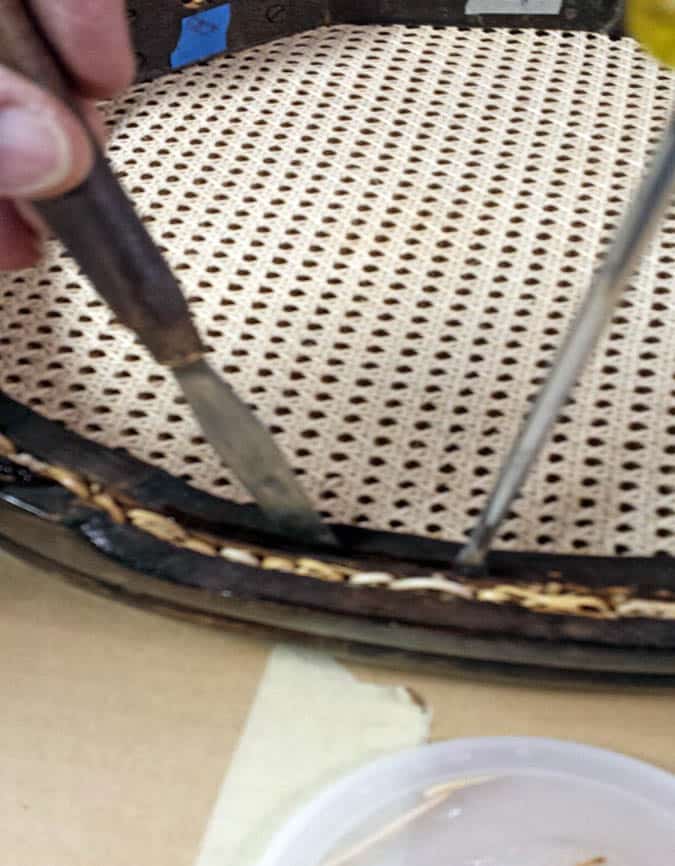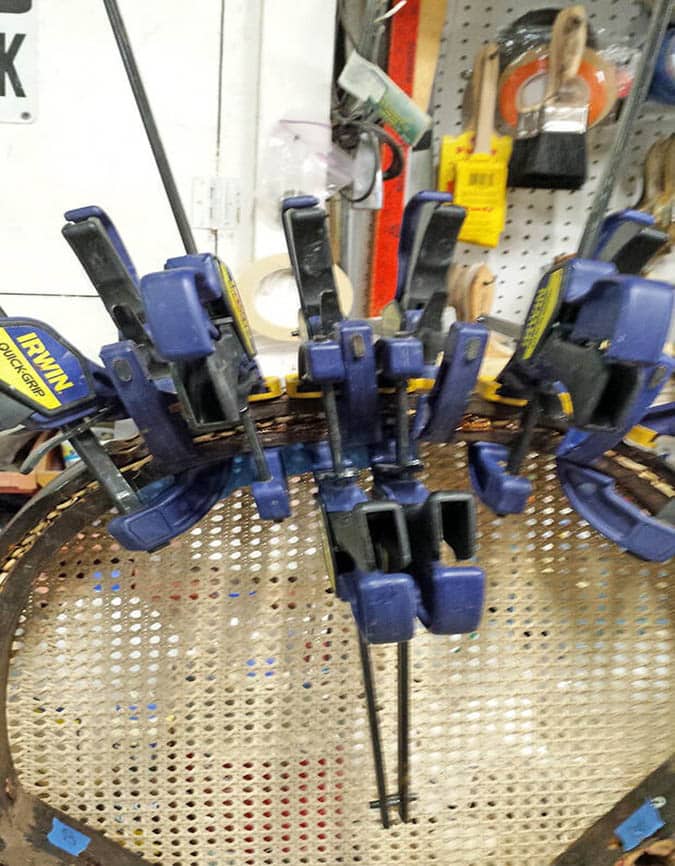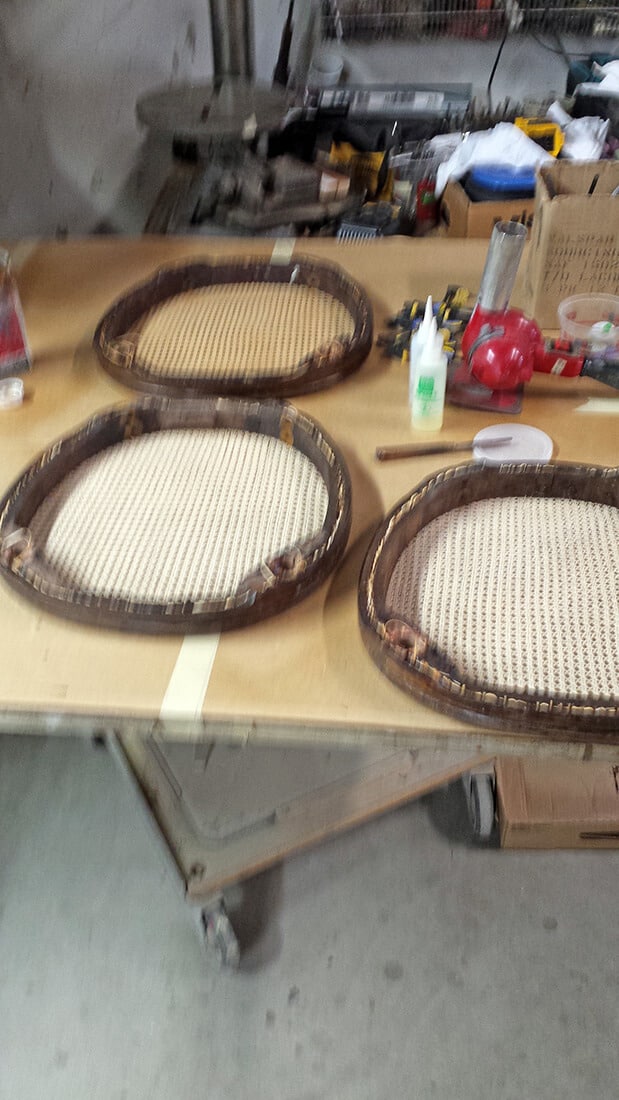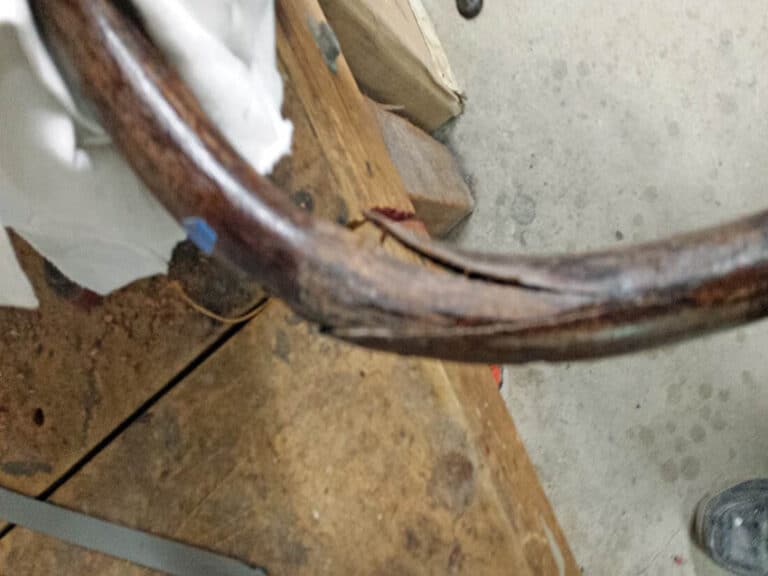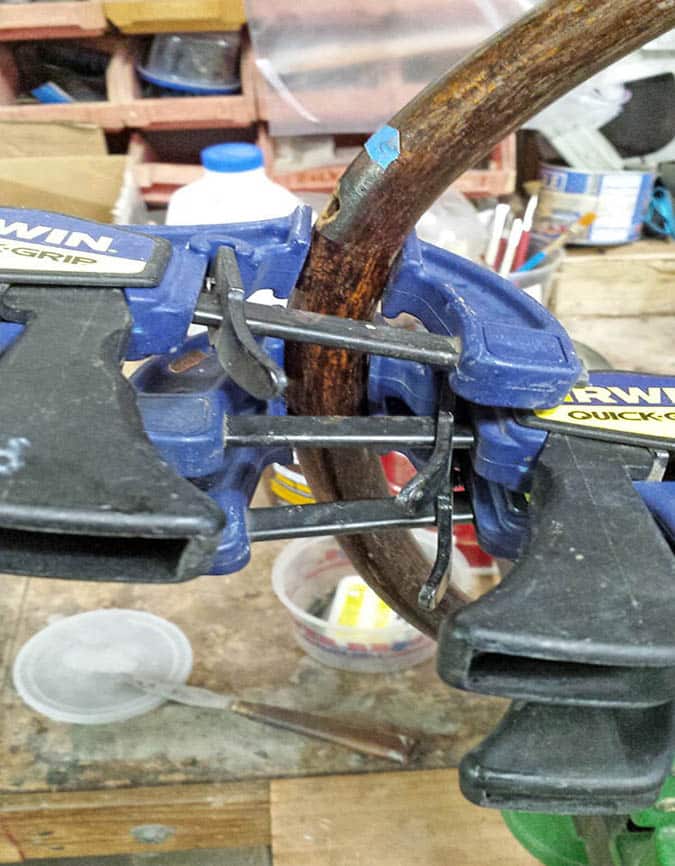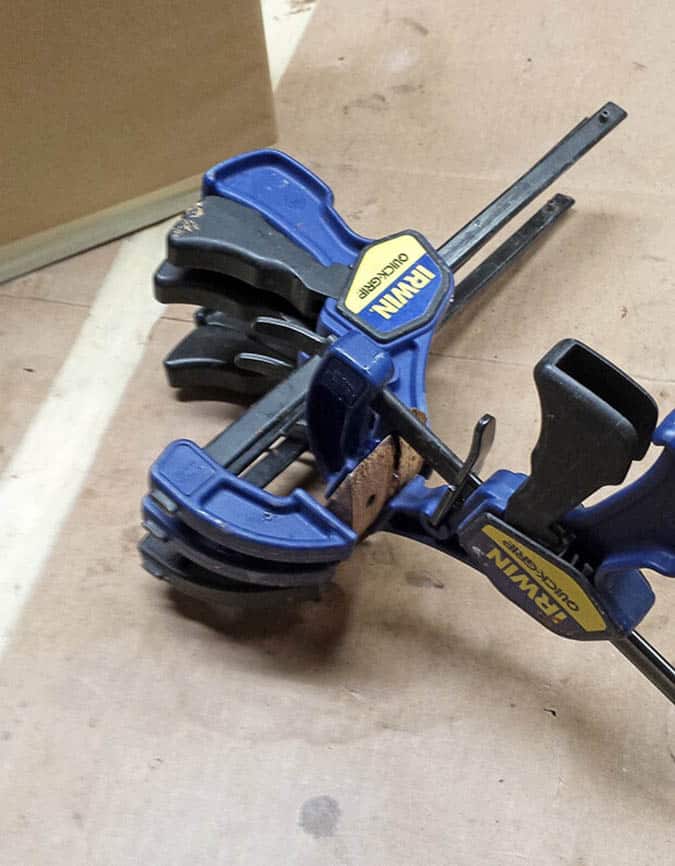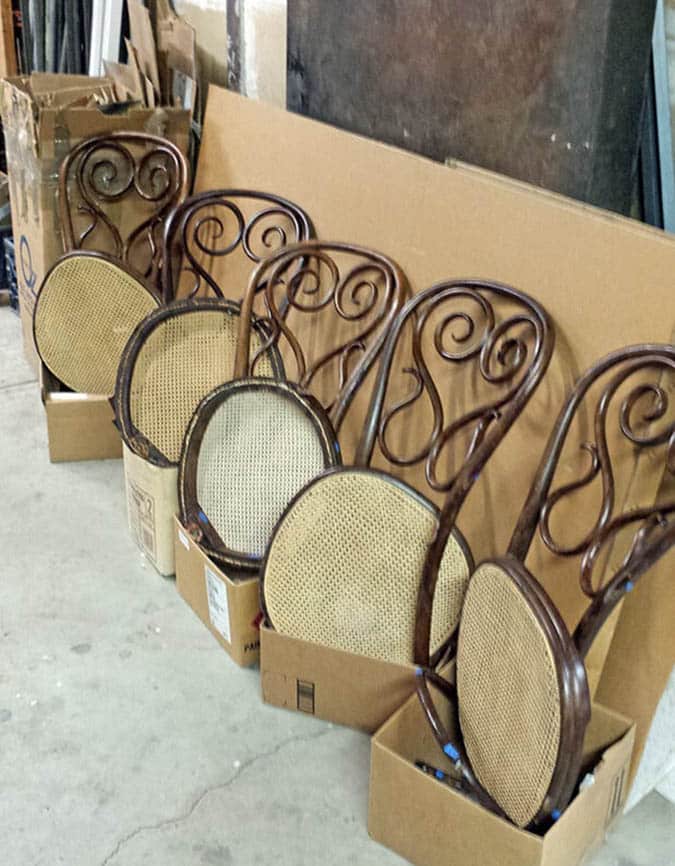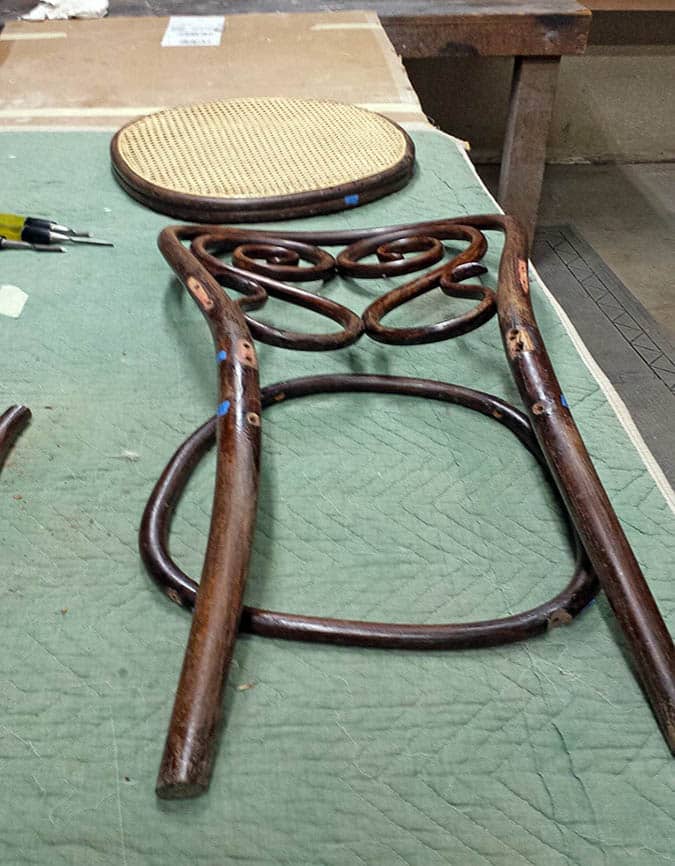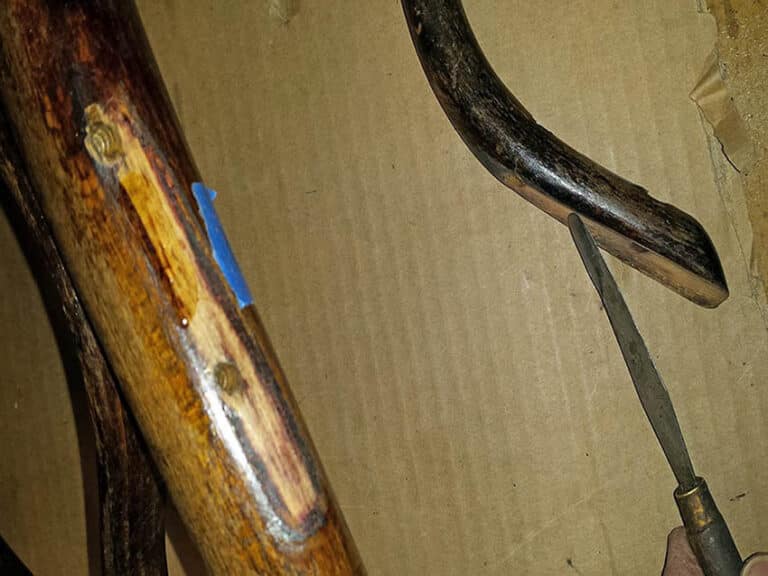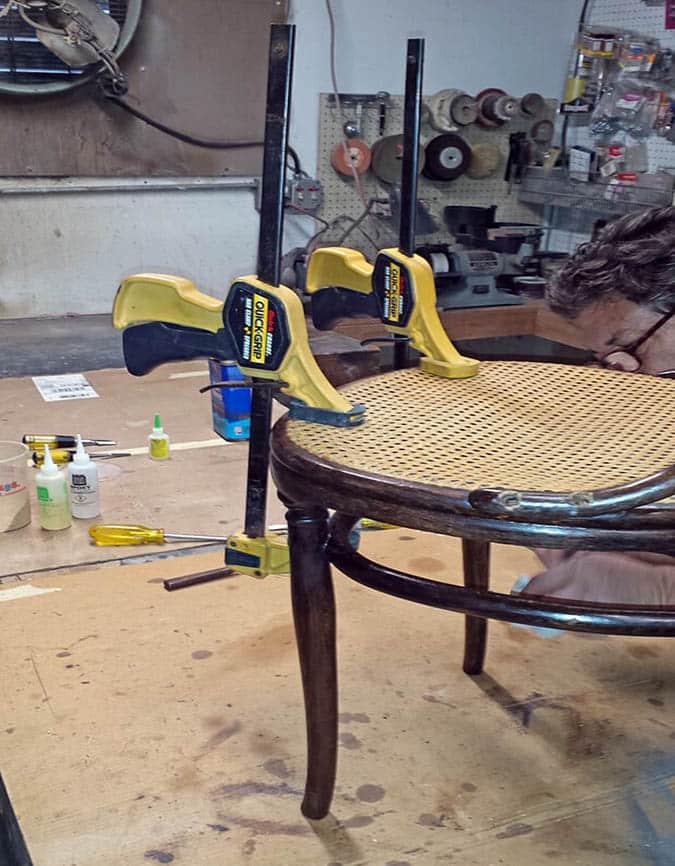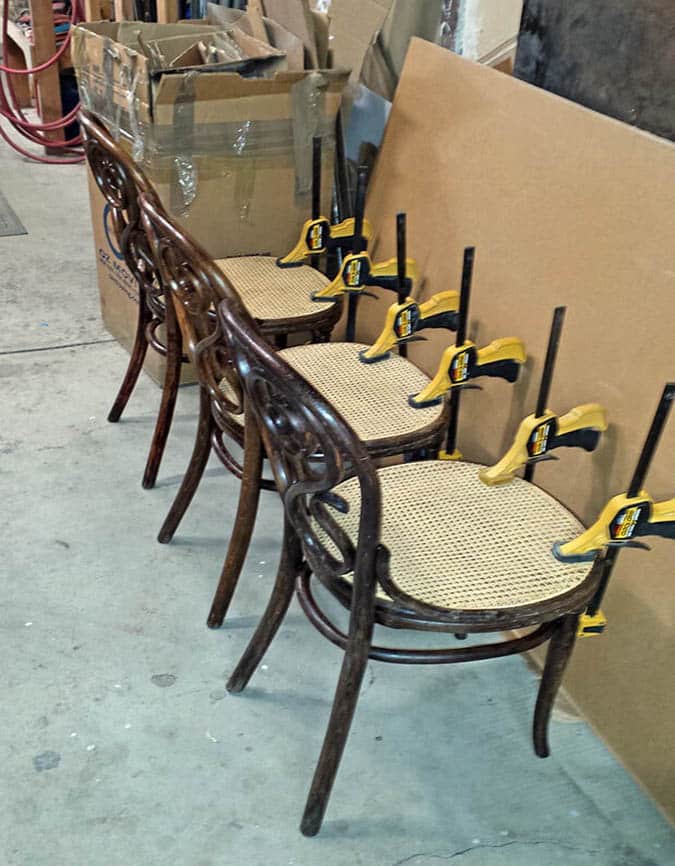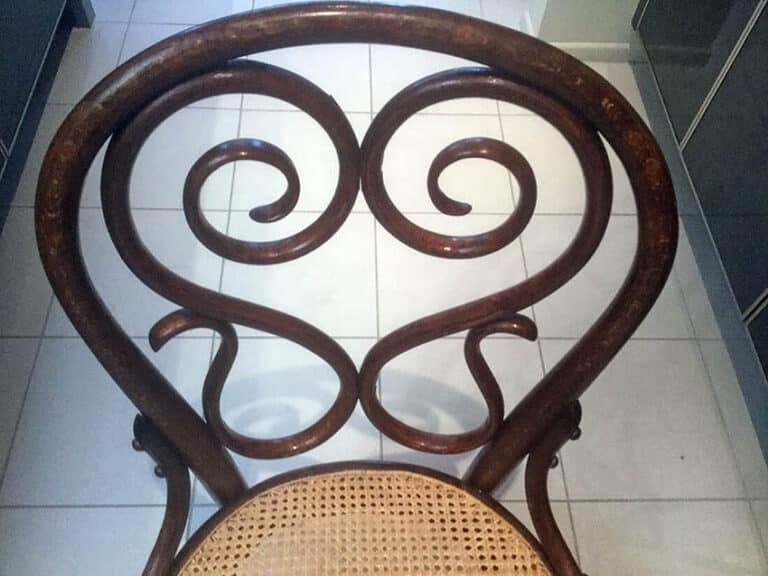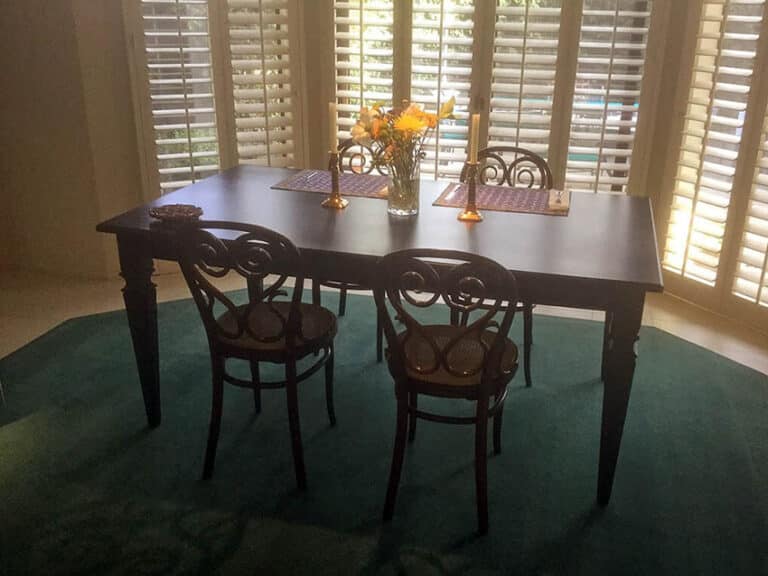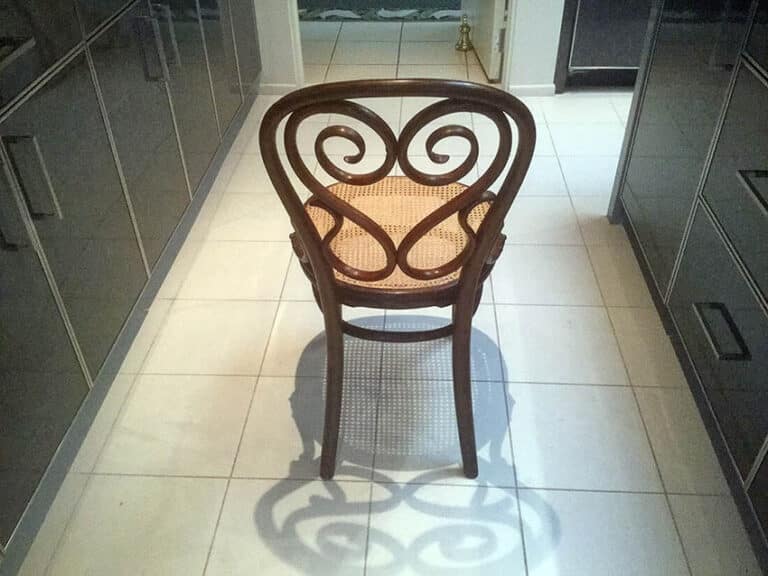Furniture Restoration Rancho Mirage, Antique Cane Chairs
This Rancho Mirage furniture restoration project was to restore a set of six antique cane seat chairs. The chairs are by famous 19th-century furniture designer and innovator Michael Thonet. They were in need of serious attention to restore them to their former beauty. To read about Michael Thonet on Wikipedia, click here
The client’s comment after taking delivery was, “Magnificently restored! Most superior workmanship.”
Here is the review he wrote for me as a letter of recommendation:“Dear Mark, I want to tell you how pleased we are with the restoration you did on our six Thonet Bentwood chairs. The frames were at a stage when they needed some serious work. In fact I wonder if they had ever had very much done to them in their 150-year plus history. Some of the legs were decidedly rocky and such work as had been done elsewhere to the frames was often somewhat rough and ready. They are now stable, they have new screws replacing the former ones which had become rusty and all the joints have been re-glued and made secure. They look very handsome and we can use them with confidence.
Thank you for all the excellent work you did, not only the technical side but also for the sensitivity you showed for the objects you were working on. It is great to have these beautiful chairs back in service and we are very grateful to you for having made this possible. I will certainly have no hesitation in recommending you to anyone I know in need of restoration services. – With thanks and best wishes, Sincerely, Alan Brimble, Rancho Mirage, CA”
Please see the project gallery below to follow the steps of this Rancho Mirage furniture restoration from start to finish.
Click an image for expanded view and then scroll through the project gallery using the arrows to the side (or swipe on your mobile device)
Whether you need us to restore a heirloom or refresh your favorite furniture – we are here to help! Contact us now to preserve and restore your treasured items.
Don't Wait Get In Touch Today


